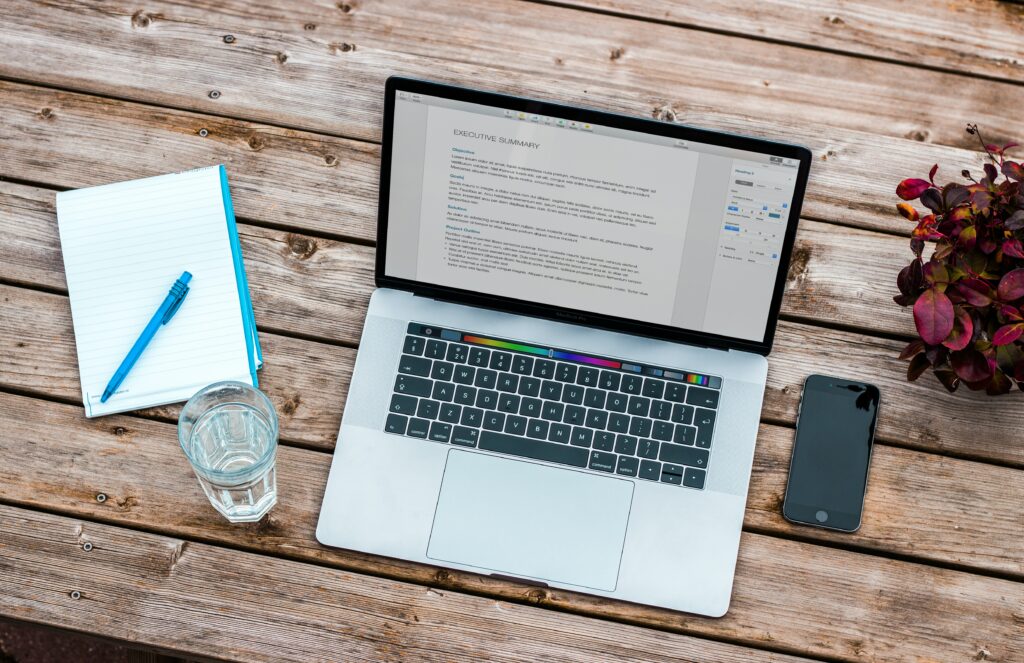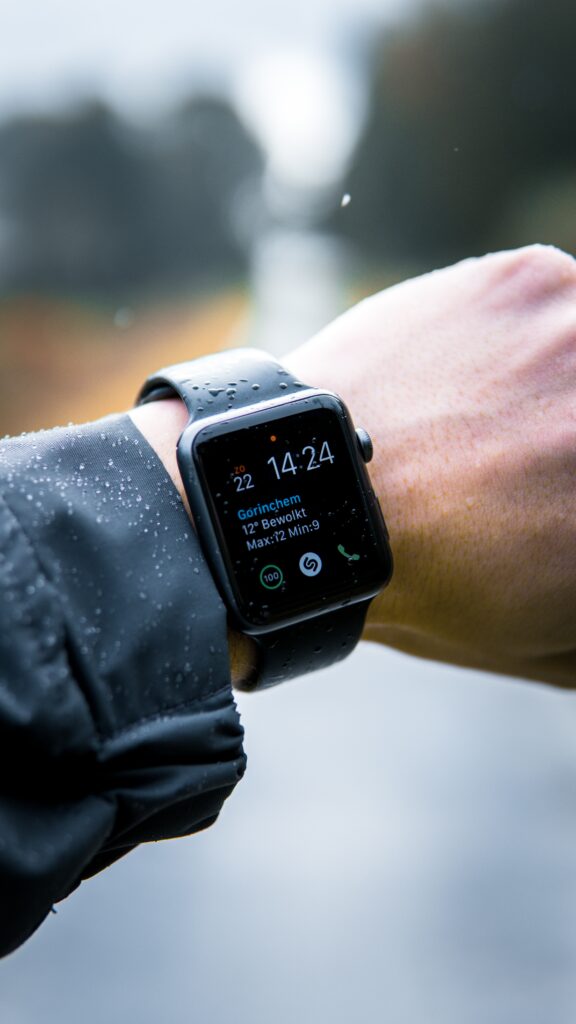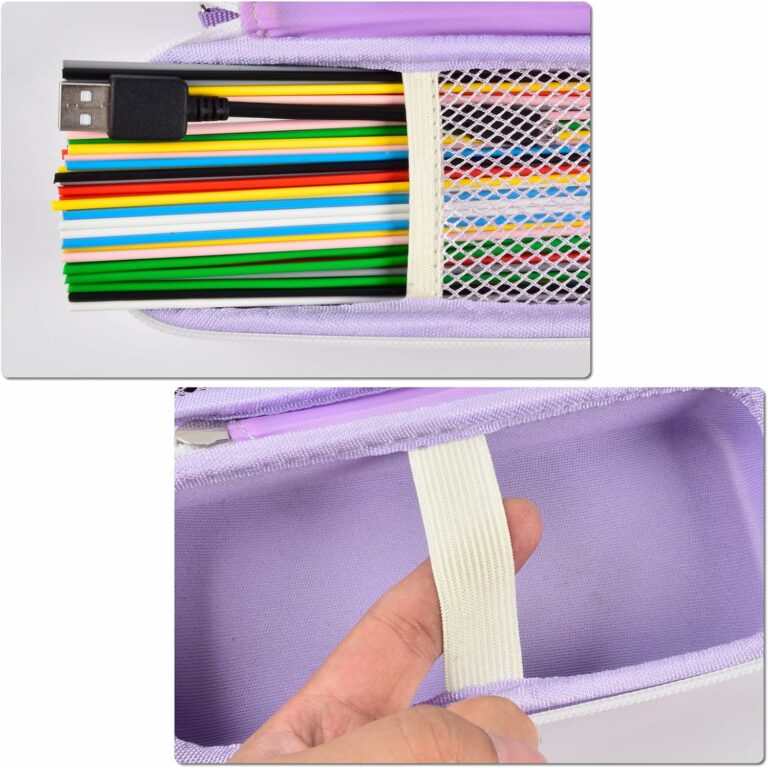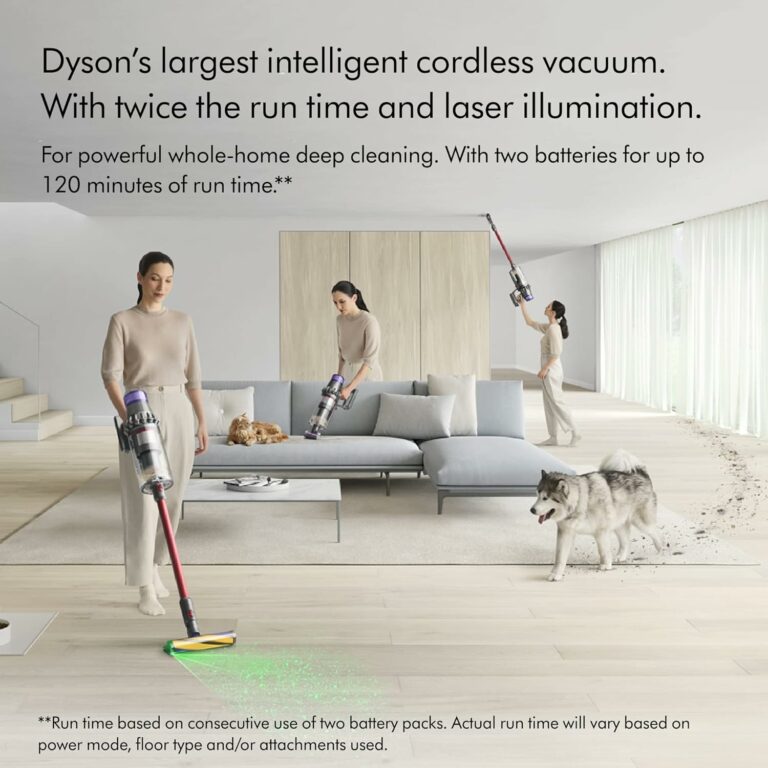In today’s world, where sustainability is gaining importance, monitoring and reducing our water usage has become essential. This article explores the concept of water-wise living and introduces smart devices that can help us play our part in conserving water. With these innovative technologies, we can now effortlessly track our water consumption and adopt efficient practices to minimize waste. From smart water meters to leak detection systems, these devices are revolutionizing the way we manage our water resources. Get ready to discover how these smart devices can make a significant impact on our environment and our daily lives.

1. Introduction
Welcome to an article on the importance of water conservation and the rising concerns over water scarcity. In today’s world where resources are becoming increasingly limited, it is crucial for us to adopt smart water management systems. By using advanced technologies such as smart water monitoring devices, we can actively monitor and minimize water wastage. In this article, we will delve into the various types of smart water monitoring devices, their features and functions, integration with mobile applications and smart home systems, successful case studies of water usage reduction, the cost and affordability of these devices, as well as the challenges and future perspectives of this technology.
2. Background
2.1 Importance of Water Conservation
Water is a precious resource that is essential for all forms of life. It is crucial for us to conserve water to ensure its availability for future generations and to protect our ecosystems. By conserving water, we can also reduce our environmental impact and contribute to sustainable development.
2.2 Rising Concerns over Water Scarcity
Water scarcity is a growing concern worldwide, with many regions experiencing water stress and shortages. Factors such as population growth, climate change, and inefficient water management practices contribute to the increasing demand for water. It is imperative that we address these challenges and find innovative solutions to effectively manage our water resources.
2.3 Need for Smart Water Management Systems
Traditional water management methods are often reactive and lack real-time monitoring capabilities. To overcome these limitations, there is a need for smart water management systems that can provide continuous monitoring, data analytics, and automation. Smart water monitoring devices play a crucial role in this regard by enabling us to actively monitor and reduce our water usage.
3. Smart Water Monitoring Devices
3.1 Overview of Smart Water Monitoring Devices
Smart water monitoring devices are advanced technologies designed to monitor water consumption, detect leaks, and facilitate efficient water management. These devices utilize sensors, connectivity, and data analytics to provide real-time insights into water usage.
3.2 Benefits of Using Smart Water Monitoring Devices
Smart water monitoring devices offer numerous benefits. Firstly, they enable real-time data monitoring, allowing users to track their water usage and identify areas of high consumption. Secondly, these devices provide water usage analytics, helping users understand their consumption patterns and make informed decisions for water conservation. Thirdly, smart water monitoring devices often come with leak detection and prevention features, which can help detect and address leaks promptly. Lastly, these devices offer remote control and automation capabilities, allowing users to manage their water consumption even when they are away from home.
4. Types of Smart Water Monitoring Devices
4.1 Flow Sensors
Flow sensors are devices that are installed in water supply lines to measure the flow rate of water. These sensors can provide real-time data on water consumption, allowing users to monitor their usage and detect any abnormalities or high consumption.
4.2 Water Usage Trackers
Water usage trackers are devices that can be attached to water fixtures such as faucets and showerheads. These trackers collect data on water usage and can provide insights into consumption patterns, enabling users to make conscious decisions about their water usage.
4.3 Leak Detection Systems
Leak detection systems use advanced sensors and algorithms to detect leaks in the water supply system. These systems can alert users in real-time when a leak is detected, allowing them to take immediate action and prevent water wastage.
4.4 Irrigation Controllers
Irrigation controllers are smart devices that monitor and manage outdoor watering systems. These controllers use data from weather sensors and soil moisture sensors to optimize irrigation schedules, ensuring that water is used efficiently and effectively.
4.5 Smart Showerheads and Faucets
Smart showerheads and faucets are devices that incorporate water-saving features such as flow control and temperature control. These devices aim to minimize water wastage while still providing a comfortable and enjoyable experience for the user.

5. Features and Functions of Smart Water Monitoring Devices
5.1 Real-time Data Monitoring
One of the key features of smart water monitoring devices is real-time data monitoring. Users can view their water consumption data in real-time, allowing them to track their usage and identify areas where water is being wasted. Real-time data monitoring empowers users to make immediate adjustments and reduce their water consumption.
5.2 Water Usage Analytics
Smart water monitoring devices also provide water usage analytics. These analytics provide valuable insights into consumption patterns, peak usage times, and areas of high consumption. By understanding their usage patterns, users can make informed decisions on how to reduce their water consumption effectively.
5.3 Leak Detection and Prevention
Many smart water monitoring devices are equipped with leak detection and prevention features. These devices use sensors and algorithms to detect leaks in the water supply system. Users can receive alerts in real-time when a leak is detected, enabling them to address the issue promptly and prevent water wastage.
5.4 Remote Control and Automation
Another advantageous feature of smart water monitoring devices is remote control and automation. Users can control their water usage remotely through mobile applications or smart home systems. This feature allows users to adjust their water usage even when they are away from home, promoting efficient water management.
6. Integration with Mobile Applications and Smart Home Systems
6.1 Mobile Apps for Water Monitoring
Smart water monitoring devices can be integrated with mobile applications, allowing users to monitor their water consumption on their smartphones. These apps provide real-time data, usage analytics, and remote control features, enabling users to actively manage their water usage.
6.2 Connectivity with Smart Home Systems
Smart water monitoring devices can also be integrated with smart home systems. This integration allows users to control their water usage through voice commands or automated routines. For example, users can set up a routine that automatically turns off the water supply when they leave their home.

7. Case Studies of Successful Water Usage Reduction
7.1 Residential Water Management Case Study
In a residential setting, smart water monitoring devices have proven to be effective in reducing water usage. A case study conducted in a residential complex showed a significant reduction in water consumption after the installation of flow sensors and leak detection systems. With the real-time data and leak detection alerts, residents were able to address leaks promptly and make conscious decisions about their water usage, resulting in a 30% reduction in water consumption.
7.2 Commercial Water Management Case Study
Smart water monitoring devices have also been successful in commercial settings. A case study conducted in a hotel demonstrated the effectiveness of smart showerheads and faucets in reducing water consumption. By incorporating water-saving features and providing real-time data on water usage, the hotel was able to achieve a 20% reduction in water consumption without compromising guests’ comfort.
8. Cost and Affordability
8.1 Initial Investment
The cost of smart water monitoring devices can vary depending on the type and brand. Flow sensors, water usage trackers, and leak detection systems are generally more affordable options, with prices ranging from $50 to $200. Irrigation controllers and smart showerheads/faucets may have a higher initial cost, ranging from $100 to $400, but they offer additional water-saving features.
8.2 Long-term Savings
Although there is an initial investment, smart water monitoring devices can lead to substantial long-term savings. By actively monitoring and reducing water consumption, users can significantly lower their water bills. The exact amount of savings will vary depending on water rates and usage habits, but studies have indicated potential savings of up to 30% or more.
8.3 Government Incentives
In some regions, governments offer incentives and rebates to promote the adoption of smart water management systems. These incentives can help offset the initial investment and make smart water monitoring devices more affordable for consumers. It is worth exploring local programs and initiatives that support water conservation to take advantage of these incentives.
9. Challenges and Future Perspectives
9.1 Adoption Barriers
One of the primary challenges in the widespread adoption of smart water monitoring devices is the initial cost and perceived complexity. Some consumers may be hesitant to invest in these devices due to affordability concerns or a lack of understanding of the technology. Educating consumers about the benefits and ease of use of smart water monitoring devices can help overcome these barriers.
9.2 Data Security and Privacy Concerns
As with any smart technology, data security and privacy are important considerations. Smart water monitoring devices collect and transmit sensitive data about water consumption. It is crucial for manufacturers to implement robust security measures to protect user data and ensure privacy.
9.3 Potential for Future Innovations
The field of smart water monitoring devices is continuously evolving, and future innovations hold great promise. We can expect advancements in sensor technology, data analytics, and automation capabilities. These innovations will further enhance the efficiency and effectiveness of smart water management systems, contributing to sustainable water usage.
10. Conclusion
Smart water monitoring devices provide us with an opportunity to actively monitor and reduce our water usage. By utilizing real-time data monitoring, water usage analytics, leak detection and prevention features, as well as remote control and automation capabilities, we can effectively manage our water consumption. Case studies have shown significant reductions in water usage in both residential and commercial settings through the adoption of smart water monitoring devices. While there may be initial costs involved, the long-term savings, government incentives, and potential for future innovations make these devices an attractive option for water conservation. Let us embrace this technology and work towards a more water-wise future.


